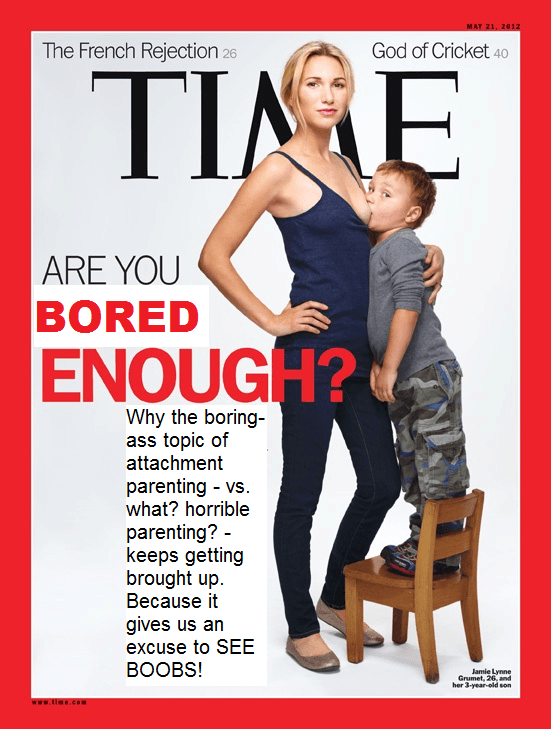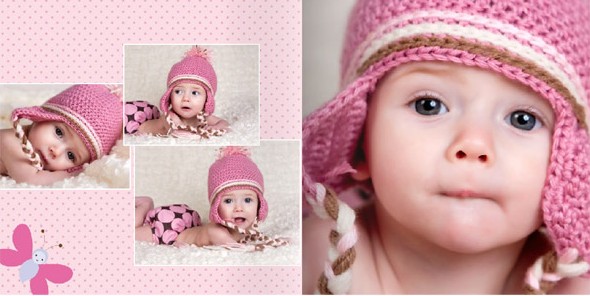A booming fertility business has produced millions of unused embryos, which have been cryo-preserved, or “frozen” in liquid nitrogen. This process allows patients a further chance at pregnancy if a first embryo transfer doesn’t work or if they want another child or children some years down the road. But what should you do with unused embryos when you no longer want any more children, or health issues or marital problems crop up? This is a question that finds many patients unprepared to deal with.
The Boston Globe featured an article yesterday by Alison Lobron called “The Maybe-Baby Dilemma,” which explains the factors that go into this decision, and the various options available. The fate of an embryo is a complicated and delicate subject, a source of political controversy, religious convictions, and personal angst.
Is an embryo a life, or isn’t it? Many patients care about and respect their embryos but don’t see them as children. This is particularly true among patients who have seen their own embryos not “take,” learning firsthand that not every embryo is capable of becoming a baby. Many fertilized eggs simply cease cell division — and are no longer viable — before freezing or transfer. Others aren’t viable after they have been thawed. Still others fail to implant in the uterus.
But even people who don’t view their embryos as “children-in-waiting” with rights that need to be protected, experience complex attitudes toward these tiny clusters of cells, feeling an emotional attachment that defies logic. Here are the options that these couples can choose from:
1. Donate the embryo to scientific research: Scientists see incredible potential in stem-cell and other kinds of research, and some donors are spurred by a desire to further a cure for diseases that they may have personally experienced. This has been a common option for people who want to do something productive with an embryo, which is valued and respected but not regarded as a child.
…But the couple liked the idea of donating to science because the husband, Brian Zikmund-Fisher, who was diagnosed with cancer in his late 20s, had been helped by medical research. “It satisfied my need to feel like these embryos we had worked so hard to create were being used productively,” says Brian.
2. Donate it or Give it up for adoption: An agency like Nightlight Christian Adoptions of California, offers in vitro patients the chance to choose someone else to “adopt” their embryos. In this case, the embryos “parents” are able to screen families seeking embryos, and choose the family they feel the most comfortable with. Many doctors are seeing increased interest recently in using other people’s embryos because it’s the cheapest option for patients who cannot get pregnant using their own eggs and sperm. Implanting an existing embryo typically costs less than $5,000, whereas an in vitro cycle with a sperm and egg donation can cost more than $25,000.
For Linda… thinking about the process as “adoption,” and being able to choose the family, made it more compelling. Over the span of a year, she and her husband reviewed the stories of four couples and “fell in love” with one pair… Linda’s five frozen embryos were shipped across the country, where the other family had a daughter and then, later, a son using the embryos… The two families have never met in person, but Linda thinks they will one day. Her kids refer to the other children as “our brother and sister,” and Linda and the woman she calls “the adoptive mom” often e-mail each other, seeking similarities in their children’s personalities, likes, and dislikes. With a laugh, Linda says, “What mother doesn’t love the opportunity to gush about her kids? She loves to hear my stories, whereas anyone else would be yawning.”
3. Dispose of it: The American Society for Reproductive Medicine deems it ethically acceptable to thaw and discard embryos. Typically, they go into the clinic’s bio-hazardous-waste container. Many couples have a hard time seeing potential life treated this way, while to others this is a logical end to unused and unneeded embryos.
4. Disposal Ceremonies: Often, parents feel compelled to give the embryo a more dignified ending than simply throwing it in the trash can. Some choose a ceremony akin to a funeral for their thawed embryos. Others choose a “compassionate transfer,” which is an embryo transfer procedure that would not result in pregnancy. Some will wait until near menopause before they return for the transfer, while others refuse the hormones that are typically used to help the embryo implant. Some patients have even asked that the embryo be placed in the vagina instead of the uterus, where it is impossible for them to implant and grow. It is thought that efforts like these bring emotional comfort to some patients, but can pose difficulties to fertility doctors. (For example, the time a doctor spends on this type of procedure is time not spent helping someone get pregnant.)
5. Do nothing: When the decision is just too confusing or overwhelming, some couples choose to keep their embryos frozen indefinitely.
Murray says that as a Catholic, she considers an embryo to be a life and feels she has no choice but to implant hers. At the same time, she and her husband don’t feel they can manage more children right now, financially or logistically. Yet donating the embryos to another couple feels wrong, too. “I would never give my child up for adoption,” she says… Murray’s sense of having no good options, nothing that works both for her family situation and her ethics, is not uncommon, say doctors who treat infertility patients. Some people in Murray’s predicament simply drop out of contact with the clinic… This is thought to represent “an absolute inability to decide…”
For a more in-depth discussion of the topic, see The Boston Globe’s online article. What are your thoughts on the issue of unused embryos? If it was your decision, what would you do?




